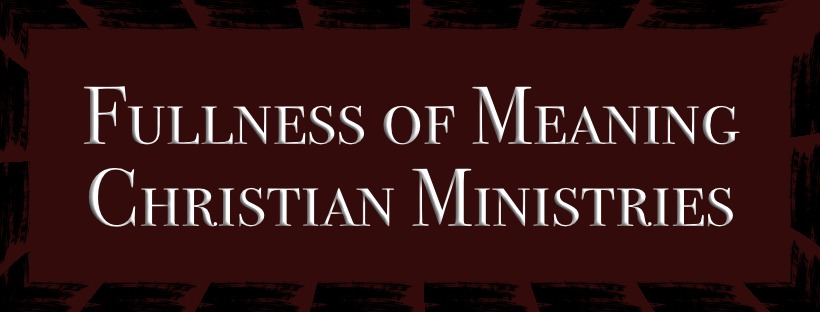“The earliest ideas of Eternity were associated in pictographic form originally. This allowed for ‘pictures’ to be ‘as words’ in the European world, let alone the recipients of the Semitic world. How much of these pictographic societies such as the Early Chinese, Sumerian, Egyptian, Hittite and Dravidian convey the idea of the ‘eternal’? Did these earlier cultures lose their weight in conveying a non-analytical idea of eternal ‘spatiality’ and ‘time’? How distant were these concepts to the Medieval World? Did King James’ translators have a grasp of any of this? Was *eternity* looked at as ‘segmented times’ in the Middle Ages amidst the Jacobian era? I can say a big Nope for all of these. Let’s take a light jab at this word *eternity* from what our ancestors thought. This is only a light dig into a much deeper study that fomcm.com will endeavor. Thank you for listening!”
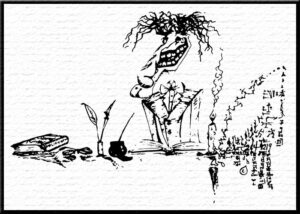
Trauma, Drama and Thing
A look in what drama is. We find that “drama”, when perceived from a Biblical perspective, IS the ordained “THING” that GOD has established before the foundation of the world for you, specifically. “Trauma”, is the drama and is the life long tool that cuts all of our sin out

Study of Crowns
Man turns to his own expression of power only to find his limitations and turn again to the symbology of the Heavenlies.

”SATIS” _ _KOB”
The relation of happy to sad is one that both states of being (happy and sad) are actually of the same motion. To be fully ‘happy’ is to be fully ‘sad’. “Bi-polar’’ comes to mind in such a search to be ‘happy’ verses being *content with what God has apportioned
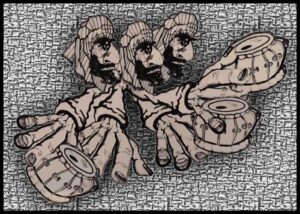
Sacred Percussion
This lecture was initially given over a 2 day- 12 hour seminar to a group of yogis in which I deliverd a ethnomusicological treatment concerning East Indian culture, music, religion having it’s roots, not only from the Baltic region, but from the Kartvelian culture which might be identified geographically, and
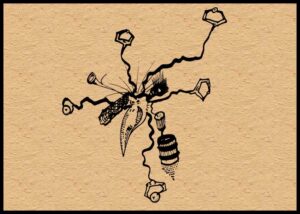
When the WHAT vs the HOW TO began to war with the WHY
When culture plays by the rules of categorizing in order to separate classes within societies. Perversion of language is necessitated by such ‘classifications’.

“BOLSTERING THE NOTHINGNESS” CHARACTER OF SATAN
A result of the phenomenon called “free will’’, as a religious term. Though, ‘free will’ was never taught in scripture, it has become a dominant approach to reading the Bible, especially in the American Bibles. Sadly, the American language supports this illusory doctrine of free will and ‘denies the power
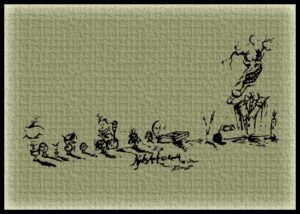
Poein vs Prasso
This is a lecture in which Sumerian and Hebrew beliefs are joined by the way of philology. Astonishing pictograms rela An in-depth look into two Greek words, Poesis and Prasso. Poesis or Poetry designates the uninterrupted, natural and perfect flow of the Gospels—signaling Aristotle’s idea of “NATURE” while Prasso, or
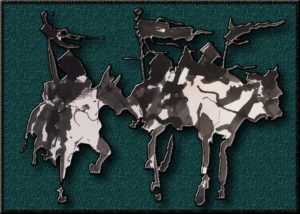
Skepticism
“Skopos”—Greek: “the view”A treatment on the ‘limitations’ mentioned in ‘6-types of histories’.
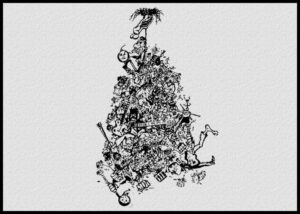
Throwing Out Babylon
Showing how Babylon’s dynasty took ahold of Sumerian relayed texts and corrupted the meaning. The Hebrew Bible brings back the Sumerians’ experience and vantage point and justifies a story and event that is both Biblical and Historical. This lecture works well with our “Pictographic Societies” lecture and “Adam’s Rib”.
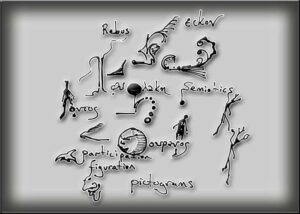
Hebrew Words of Causation
Simply put: The ‘system’ of seeing and wanting; satisfying the eye, taste, hearing, etc. IS the system of Christmas and has made Israel fall and is making the Western Church incapable of being taken seriously. It doesn’t take much to find the pagan origins in Christmas, yet, the Christians of

Adams Rib
This is a lecture in which Sumerian and Hebrew beliefs are joined by the way of philology. Astonishing pictograms relating the Hebrew’s alphabet with an ancient tale told in Sumeria! Much thanks to the pagan poet, Robert Graves for his wonderful mind and analysis in his Hebrew Myths work. Though
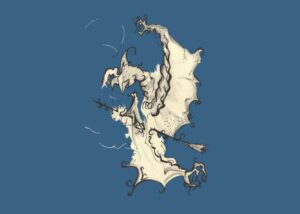
Six Types Of Histories
A look into the “filtering’’ system of *academics today that lead, by uncontrolled design, a limitation which does not allow for ‘conclusions’ of a quantum nature within Theology or higher metatphysics.
